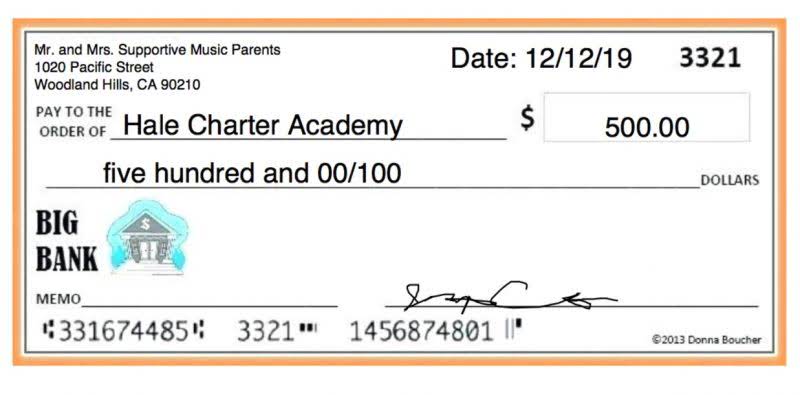Wave’s accounting software is built for small business owners. Be your own accountant, thanks to Wave’s automated features, low cost, and simple interface. 2 Rates are 1% for bank payments (minimum fee of $1).
Yes, switching from other accounting apps or products to Wave is easy! See our step-by-step guide on how to import bookkeeping data into Wave here. Wave uses real, double-entry accounting software. Accountants do, and they’ll thank you for tips to using credit cards wisely it.
Give your customers the option of paying with one click using a credit card, bank transfer, or Apple Pay. Easily create, customize, and send professional invoices while on-the-go. I look at the dashboard and know how many invoices are on the way, when they should be paid, and the average time it takes someone to pay.
- I look at the dashboard and know how many invoices are on the way, when they should be paid, and the average time it takes someone to pay.
- “It’s not just a cool piece of software, it is giving peace of mind to people.” You deserve to know your taxes aren’t something you have to sweat over the entire calendar year.”
- Have an eye on the big picture so you can make better business decisions.
- It really has made life a lot easier.
- Our (non-judgmental) team of bookkeeping, accounting, and payroll experts is standing by to coach you—or do the work for you.
Free accounting software for small businesses
Say #sorrynotsorry to your spreadsheets and shoeboxes. It really has made life a lot easier. Between the app and the payment process—I can’t tell you the hours it’s saved, and even the headaches that have gone away because of it. Send invoices whenever and wherever you want with Wave’s free app for iOS and Android.
Manage your money like a boss.
You can accept credit cards and bank payments for as little as 1%2 per transaction. Set up recurring invoices and automatic credit card payments for your repeat customers and stop chasing payments. Create beautiful invoices, accept online payments, and make accounting easy—all in one place—with Wave’s suite of money management tools. Manually creating invoices in Microsoft Word or Excel can be time-consuming and difficult to manage. Digital invoicing empowers your small business by automating invoice processing and saving time by tracking key invoice data like upcoming and outstanding invoices. You can also manage late payments more efficiently through e-invoicing by setting up payment reminders to send to your customers before an invoice due date.
Stop chasing clients around
For information on credit card rates, visit Pricing for details. With a Wave Pro subscription, you’ll have recurring billing and other automation features. Schedule everything, from invoice creation and invoice sending, to payment collection and overdue payment reminders. The Wave app lets you easily generate and send invoices to your clients wherever and whenever you need to. When everything is neatly where it belongs, tax time is simple. Wave’s smart dashboard organizes your income, expenses, payments, and invoices.
Accounting software helps business owners understand how money flows in and out of their businesses. This can help you save time and make financial decisions quickly. Electronic invoices are created with online invoicing software or other cloud-based services, which makes it easy to automate the invoicing process. You can effectively analyze the financial health of your business, find ways to generate more profit, and move forward with your business plan. Your customers can pay the invoices you send them instantly by credit card, secure bank payment (ACH/EFT), or Apple Pay. And by enabling Wave’s payments feature, you can accept credit cards and bank payments, and get paid out in as fast as 1-2 business days1.
Wave is PCI Level-1 certified for handling credit card and bank account information. Create beautiful invoices, accept online payments, and make accounting easy—all in one place. Have an eye on the big picture so you can make better business decisions. Our robust small business accounting reports are easy to use and show month-to-month or year-to-year comparisons so you can easily identify cash flow trends. Sign up for Wave and send your first invoice right away—it only takes a few minutes! With the Pro Plan you can also set up recurring payments, auto-reminders, and deposit requests to make sure you always get paid on time.














